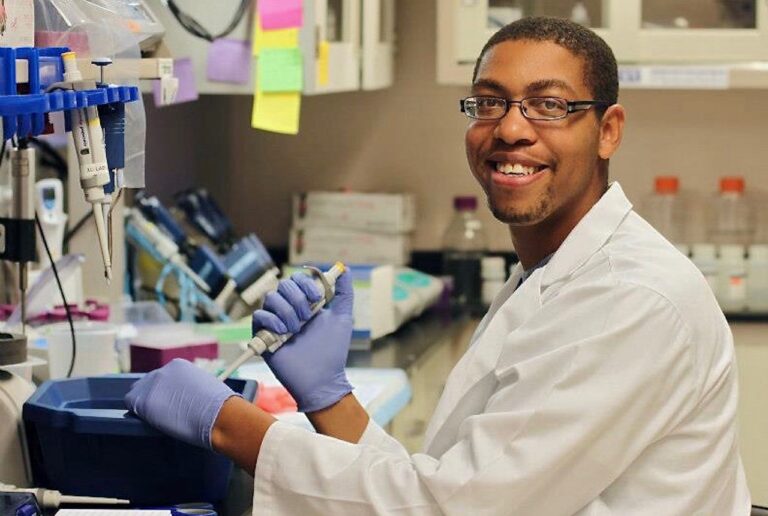Hiring the best employees for a clinical lab benefits the lab, but also the patients, as better employees mean better quality of service. Time spent on the hiring process can save time and money later on, because if the hiring manager rushes and selects the wrong candidate, the entire process will most likely have to be repeated. For this reason, is important to establish a standardized hiring process. First, the vacancy must be advertised with a good description of what you’re looking for and what you offer. Then, you will receive the resumes of the interested persons and will need to make an initial screening to select candidates for the interviews. The interview stage will allow you to delve deeper into the candidate´s motivation, skill, and knowledge. Finally, with all the information gathered in the previous stages, you will select the candidate that is the best fit for the role and the lab. Continue reading for tips on screening, interviewing, and hiring new lab personnel.
1. Take your time to choose the perfect candidate.
Do not rush to select a candidate just to fill a position. Allow enough time to select multiple candidates that can go through the interview process. It is important to have multiple options because your top pick won’t necessarily accept the job.
2. Before you start searching for candidates, look within your own lab.
Sometimes our personnel have gained enough experience and knowledge over the years to perform a different kind job. Offering them the position can motivate the team. It will be easier to find a candidate to backfill a less specialized role.
3. Give candidates multiple interviews.
The first interview can be done by the lab manager or the human resources department (depending on the size of your lab). The aim of this interview will be to get a general idea of the candidates, how qualified they are for the job, and what their motivation is. Then, you can make a selection of candidates and arrange second interviews with the lab supervisor or their direct boss. The purpose of this second interview is to see if the candidate and potential boss will work well together, and to go deeper into their work experience. Make sure the supervisor asks about the equipment that the candidates have used, the programs they are familiar with, and questions about how the candidate will deal with situations they will encounter in their daily work.
4. There’s no such thing as too much experience.
Do not let a candidate go because he or she is overqualified for the job; you never know what the candidate is looking for. Other members of the lab can learn from this person’s experience and he or she could help the lab grow in unexpected directions.
5. Skills aren’t everything.
Sometimes it is not possible to find a candidate with every desired skill the position requires. Be flexible when it comes to skills and focus instead on looking for a candidate with a good attitude and an interest in learning. Skills can be taught; attitude cannot.
6. Look for people who like to learn.
People interested in learning will grow in your lab and, ultimately, help the lab to grow.
7. Encourage the candidates to ask questions during the interview.
The kind of questions they ask will give you an idea of their motivations. Are they asking about the vision of the company, daily tasks, instruments in the lab, and methods they’ll be using? Or are they asking mainly about the salary, job benefits, and time off?
8. Ask candidates what their motivation is to work in a clinical lab.
When employees are commit to a greater cause, like quality of patient care, it is more likely that they will be motivated to perform. Look for candidates with clear personal motivations for the job.
9. Ask for suggestions to improve customer service.
This question will help you to evaluate if the person has a vision about the lab as a whole, beyond the analytical function he or she will be performing.
10. Establish a short probation period.
A one-month trial period could give you a better idea if the person is a good fit for the position and the company. If it doesn’t seem to be working out, you can re-contact the other top candidates at the end of the probation period to see if they are still interested in the job.



Is there any procedure to get reports on mail?